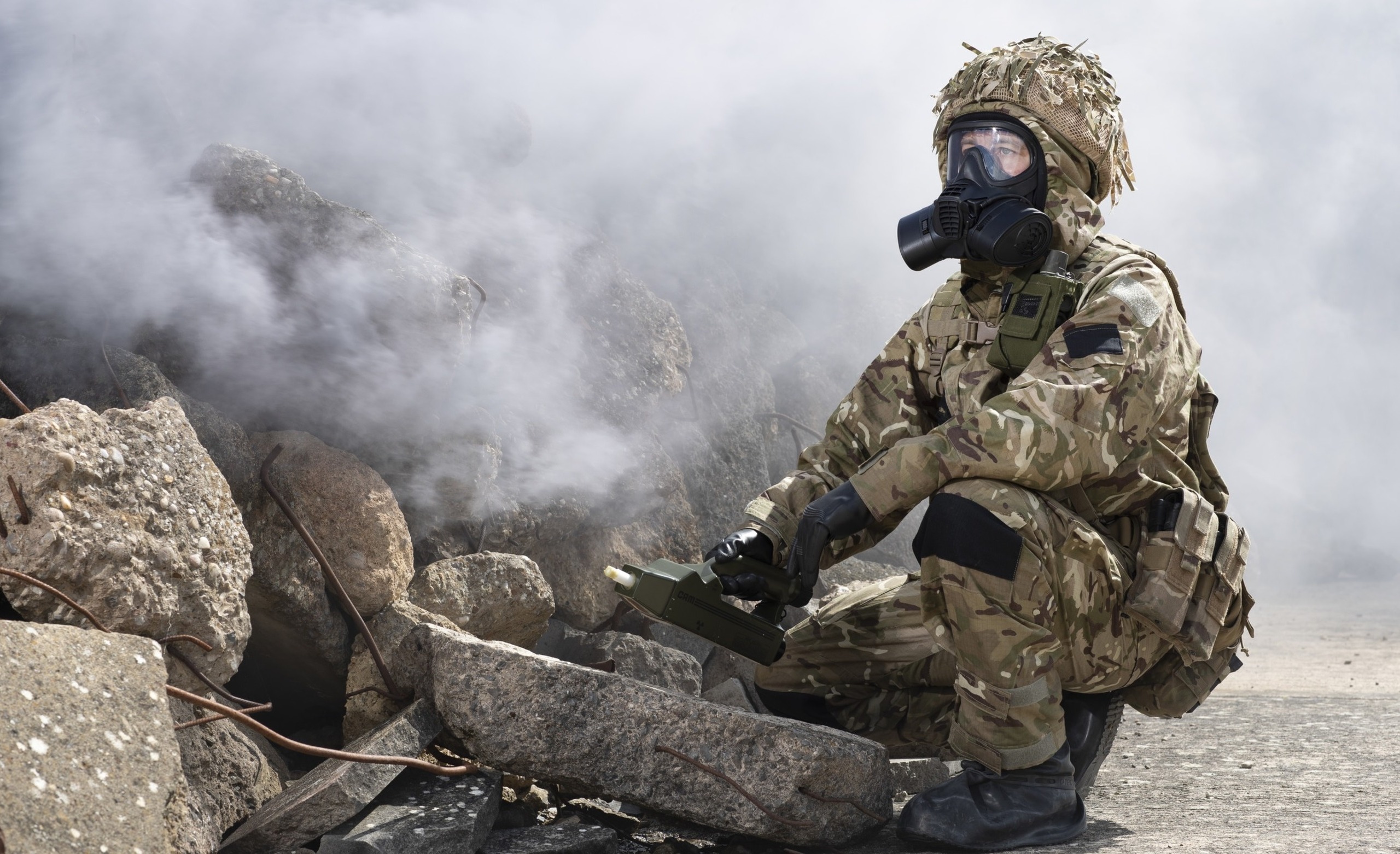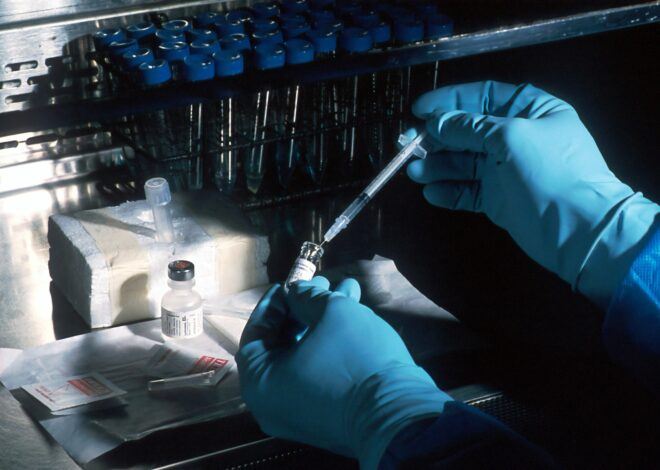
How To Survive A Chemical Attack
Welcome to the best guide you’ll find anywhere online on how to survive a chemical attack. While it may seem like a scenario out of a Hollywood movie, being prepared for such a situation is crucial.
In this article, we will delve into the signs, symptoms, and steps you can take to increase your chances of survival during a chemical attack. So buckle up and let’s equip ourselves with knowledge that could one day make all the difference.
Understanding Chemical Attacks
Chemical attacks involve the deliberate release of toxic substances into the environment, causing harm to individuals exposed to them. These hazardous materials can be in various forms, such as gases, liquids, or solids, and are often invisible and odorless.
The impact of a chemical attack depends on factors like the type of substance used, its concentration, and how it is dispersed. Chemical agents can cause severe damage to the respiratory system, skin, eyes, and internal organs upon contact.
Perpetrators may deploy chemical weapons in crowded areas or through contamination of food and water sources. Understanding the nature of these attacks is essential for recognizing warning signs early on and taking prompt action to protect yourself and others from harm.
Being aware of potential threats and knowing how to respond effectively can make all the difference in surviving a chemical attack unscathed.
Signs and Symptoms of a Chemical Attack
Chemical attacks can have devastating effects on individuals and communities, causing a range of symptoms that may vary depending on the type of chemical used. In the event of a chemical attack, it is crucial to be aware of the signs and symptoms in order to take prompt action.
Symptoms of a chemical attack can include difficulty breathing, coughing, wheezing, chest tightness, eye irritation or watering, skin irritation or burns, nausea or vomiting, dizziness, headaches, confusion, and in severe cases seizures or loss of consciousness.
It’s important to note that these symptoms may not always be immediately apparent and could develop over time. If you suspect exposure to chemicals during an attack or notice any unusual symptoms in yourself or others around you, it is vital to seek shelter and medical assistance as soon as possible.
Preparing for a Chemical Attack
When it comes to preparing for a potential chemical attack, being proactive can make all the difference. Start by creating an emergency plan with your family or household members. Identify escape routes and safe rooms in your home or workplace where you can seek shelter if needed.
Stock up on essential supplies like food, water, medications, and first aid kits. Consider including items such as duct tape and plastic sheeting to seal off doors and windows in case of contamination. It’s also crucial to have protective gear like masks and gloves readily available.
Stay informed about potential threats in your area by signing up for emergency alerts or monitoring local news sources. Practice drills regularly so that everyone knows what to do in case of an emergency.
Remember, preparation is key when it comes to staying safe during a chemical attack. By taking these steps now, you can increase your chances of survival should the unthinkable happen.
What to Do During a Chemical Attack?
As nerve-wracking as it may sound, knowing what to do during a chemical attack can make a significant difference in your chances of survival. The first step is to stay calm and find shelter immediately. If you are indoors, shut all windows and doors, sealing any gaps with damp towels or plastic sheeting if possible.
Turn off ventilation systems to prevent the entry of contaminated air. Stay tuned to emergency broadcasts for updates and instructions from authorities. Avoid using elevators during an attack as they can trap you in a hazardous environment.
If you are caught outside when an attack occurs, try to cover your nose and mouth with a cloth or mask if available. Move away from the direction of the chemicals being released while seeking shelter indoors as quickly as possible.
Remember, staying informed and acting swiftly are crucial when faced with such a threat.
How to Protect Yourself from Exposure
To protect yourself from exposure during a chemical attack, it is crucial to be prepared and proactive. One of the first steps is to stay informed about potential threats in your area. Pay attention to news updates and official alerts that may warn of possible dangers.
Having a well-stocked emergency kit ready can be a lifesaver. Include items such as N95 masks, gloves, goggles, and duct tape to seal off windows and doors. These simple supplies can help minimize exposure to harmful chemicals.
In case of an attack, seek shelter immediately in an indoor space with minimal openings like windows and doors. If you are outdoors when an attack occurs, try to move crosswind from the source of the chemicals to reduce exposure.
If you suspect exposure or contamination, remove clothing and belongings outside before entering a safe location for decontamination. Remember that quick action is key in protecting yourself from further harm during a chemical attack scenario.
Decontamination Process
In the event of a chemical attack, decontamination is crucial for removing harmful substances from your body and clothing. The process involves quickly getting rid of any contaminated clothing and thoroughly washing your skin with soap and water.
Decontamination should be done as soon as possible to minimize the effects of exposure to toxic chemicals. If you are in a public place during an attack, follow emergency responders’ instructions on where to go for decontamination.
In cases where access to water is limited, use available resources like moist wipes or towels to remove contaminants from your skin. Remember that every second counts when it comes to decontamination after a chemical attack.
After decontaminating yourself, dispose of any contaminated clothing properly and seek medical attention promptly. It is essential not to overlook this step in ensuring your safety and well-being post-attack.
Steps to Take After a Chemical Attack
After a chemical attack, the aftermath can be chaotic and overwhelming. The first step to take is to get to safety immediately. Leave the affected area as quickly as possible and follow any evacuation procedures that may be in place.
Once you are in a safe location, seek medical attention right away if you suspect exposure to harmful chemicals. Contact emergency services or go to the nearest hospital for evaluation and treatment.
It is crucial to remove contaminated clothing and belongings as soon as possible. Cut or carefully remove clothing instead of pulling it over your head to prevent further exposure.
Follow decontamination protocols provided by authorities or medical professionals. This may involve washing with soap and water thoroughly or using specific solutions for chemical exposure.
Stay informed about ongoing developments and follow instructions from local authorities regarding sheltering in place or additional evacuation measures if necessary. Monitor news updates on radio, TV, or official websites for accurate information on the situation post-chemical attack.
Conclusion
In the face of a chemical attack, being prepared and knowing how to act can make all the difference. Understanding the signs, symptoms, and necessary steps can increase your chances of survival and minimize the impact of exposure.
Remember to stay informed about potential threats in your area, have an emergency plan in place, and be ready to act swiftly if needed. Preparing a well-stocked emergency kit with essential supplies is crucial for managing through such situations.
By following the guidelines outlined in this article on how to survive a chemical attack, you are taking proactive steps towards safeguarding yourself and your loved ones during a crisis. Stay vigilant, stay informed, and prioritize safety above all else.



